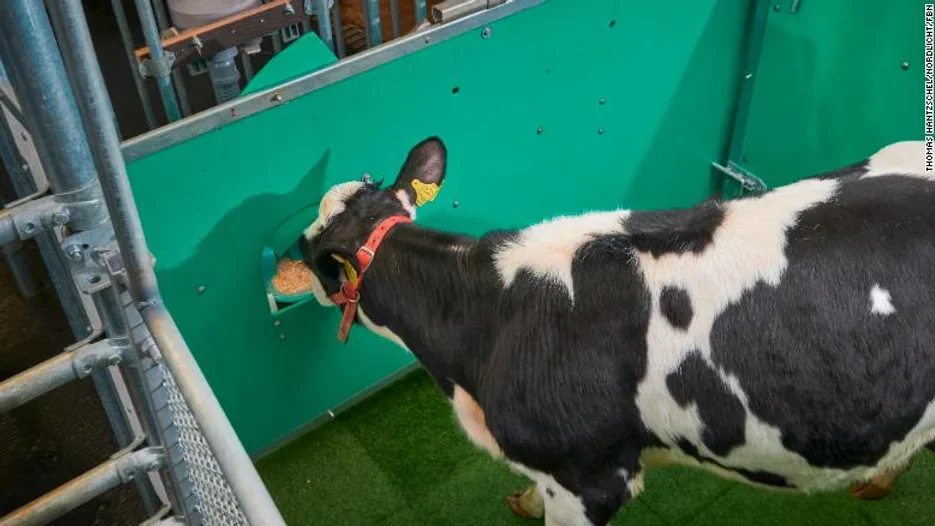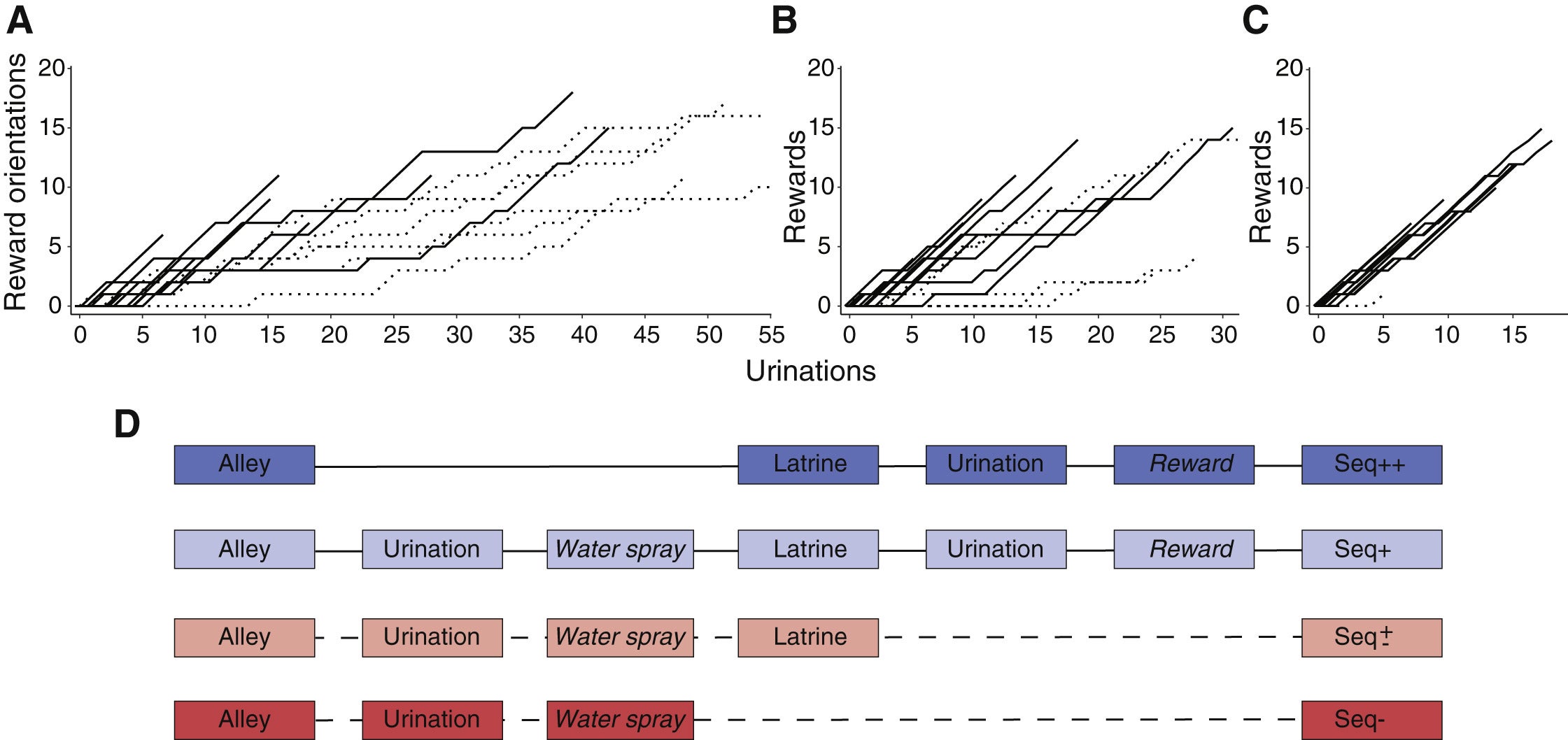On farms worldwide, cattle are free to relieve themselves wherever they please, often contaminating soil and waterways. While confining them to barns mitigates this, it creates a new problem: the mixing of urine and feces produces ammonia, a harmful byproduct.
Ammonia indirectly contributes to climate change when microbes in the soil convert it into nitrous oxide, a potent greenhouse gas. Agriculture accounts for over half of global ammonia emissions, making livestock farming a significant contributor.
In a breakthrough study published in Current Biology, researchers from Germany and New Zealand demonstrated that cows could be potty-trained. Dubbed “MooLoo training,” the process aims to collect and treat cow waste, reducing pollution and improving farm environments.
“Cattle, like many animals, are clever and capable of learning,” said Jan Langbein, an animal psychologist at Germany’s Research Institute for Farm Animal Biology. His team set out to challenge the assumption that cattle lack control over urination or defecation.

The researchers began by teaching calves to associate urination in a latrine with rewards. When confined to a designated area with artificial turf, calves received a treat—such as crushed barley—every time they urinated. This reward system helped them link the act of urinating in the latrine to positive outcomes. Over time, the calves learned to approach the latrine on their own.
To discourage urination outside the latrine, the researchers employed mild deterrents. Initially, unpleasant sounds played through headphones failed to deter the animals.
A light spray of water, however, proved effective. Within 10 training sessions, 11 out of 16 calves consistently used the latrine. The remaining five calves, researchers noted, likely needed more time to adapt.
Related Stories
The study revealed that cows possess remarkable cognitive abilities. “The calves performed at a level comparable to children and even surpassed very young children in potty-training tasks,” said Langbein. Such findings challenge traditional perceptions of livestock intelligence and open possibilities for more humane, environmentally conscious farming practices.
Livestock waste management is a pressing environmental issue. A single cow can produce up to eight gallons of urine daily, contributing to widespread ammonia pollution.
By potty-training cattle, farms could reduce ammonia emissions by as much as 50%, according to prior modeling studies. This decrease would have far-reaching effects, including cleaner air and water, less soil contamination, and improved public health.
“Ammonia from cattle significantly impacts human health,” said Jason Hill, a biosystems engineer at the University of Minnesota. Beyond reducing pollution, potty-training creates a more comfortable living space for livestock, as waste-free environments reduce disease risks and improve overall hygiene.
The practicality of large-scale potty-training remains a challenge. Lindsay Matthews, an animal behavior specialist from the University of Auckland, acknowledges this hurdle but remains optimistic. “For this method to work on a broader scale, automation is key,” he said. Researchers envision automated systems to reward proper latrine use and collect urine efficiently.
Such advancements could transform waste into a resource. Nitrogen and phosphorus from cow urine could be repurposed into fertilizers, creating a circular agricultural system. Farms could simultaneously address environmental issues and enhance productivity, making MooLoo training a win-win innovation.
While potty-training is still in its experimental stages, researchers aim to refine the process for widespread adoption. “In a few years, we hope all cows will use a toilet,” Langbein said. Further studies will explore extending the distance calves can walk to reach latrines, enhancing their control over internal reflexes.

The implications extend beyond waste management. The study highlights interoceptive awareness in cattle—their ability to recognize and act on internal bodily cues. This discovery not only underscores their intelligence but also raises questions about improving animal welfare through training.
For skeptics, the success of the MooLoo experiment is a testament to what can be achieved when animal behavior is leveraged to address global challenges. By reimagining livestock management, we take a step toward a cleaner, greener future.
Note: Materials provided above by The Brighter Side of News. Content may be edited for style and length.
Like these kind of feel good stories? Get The Brighter Side of News’ newsletter.
The post Scientists are toilet-training cows to save the planet appeared first on The Brighter Side of News.